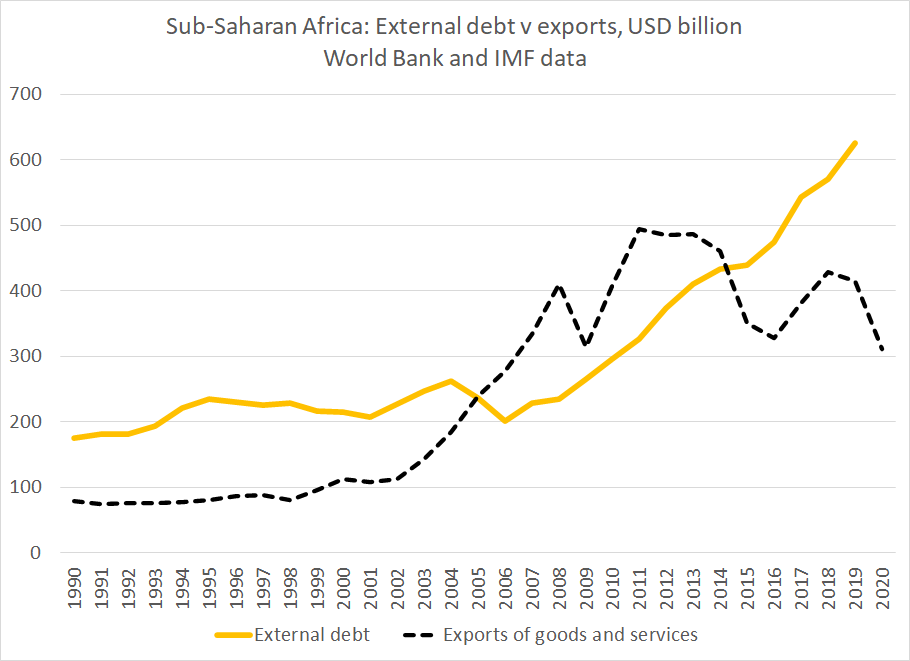
China released its preliminary current account surplus data for q3 last week. Even with the unusual surge in imports in September (which was reversed in October) the surplus was about $50b higher than in 2019 (over $90b v $40b)
The trailing 4q sum rose to ~ $200b
The trailing 4q sum rose to ~ $200b

But the $200b trailing 4q sum includes (obviously) a very weak q1, and a q4 that was no doubt influenced by trade war uncertainties. The Oct trade data hints that the rise in the surplus will be sustained in q4, which will pull the surplus into the $250-300b range for the year. 

The current (s. adjusted) quarterly surplus (recognizing q2 may be a bit high and q3 a bit low) is ~ $90-100b. So broadly speaking, in dollar terms the surplus should rise to its pre-trade war highs and as a share of GDP it should rise to well over 2% of China's GDP 

Some of this is reduced tourism, which may not last through all of 2021 if there is a widely used vaccine. And some of the increase in the manufacturing surplus is a function of what may be a one off shift in demand toward goods (v services) ...
But the broad trend is clear and even pre dates COVID-19. China is a very competitive manufacturing exporter at current exchange rates (even if the HK apparel magnates complain about labor costs on occasion). The current account surplus is heading toward its post GFC high 

• • •
Missing some Tweet in this thread? You can try to
force a refresh

















